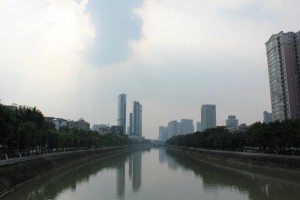
Downtown Chengdu
Chengdu
Chengdu is China’s quiet achiever. So few people in the west are familiar with Chengdu compared with the economic powerhouses of Shanghai and Beijing, but they would probably be familiar with Chengdu’s culture. Chengdu, and the surrounding countryside, is the home of China’s giant pandas, while Szechuan cuisine (a corruption of the name Sichuan, the state of which Chengdu is the capital) has been a staple of Chinese restaurants in the west for decades. With the relaxing of Chinese visa rules, foreigners can now spend 72 hours in Chengdu city limits visa-free, allowing for a visit to the panda base at least. A tourist or transit visa would be required for an exploration of Leshan and Mt E’mei, as described in this article. I visited in August of 2012, transiting between Tibet and Bangkok.
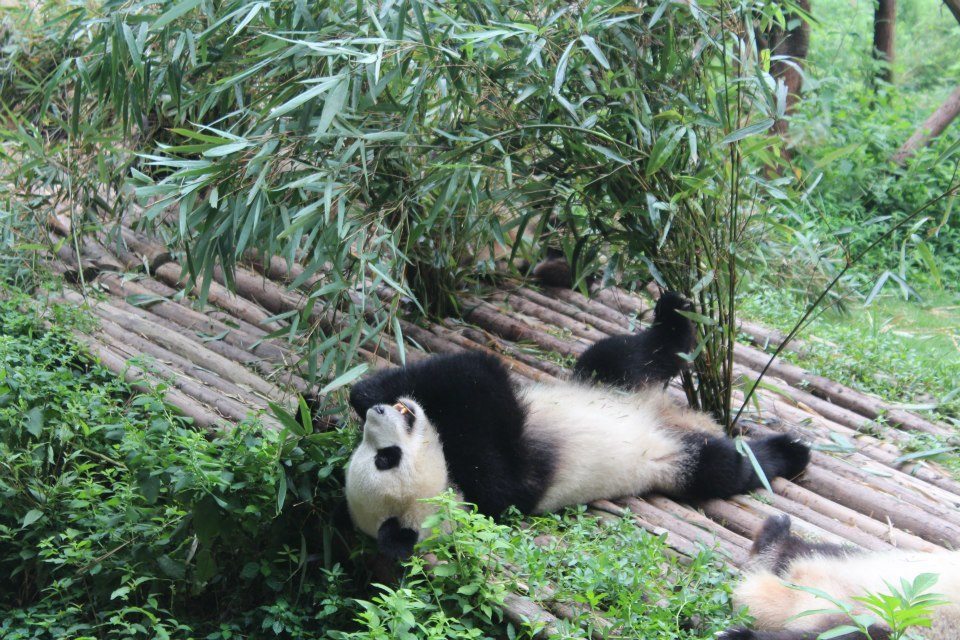
Giant Pandas at Chengdu Panda Base
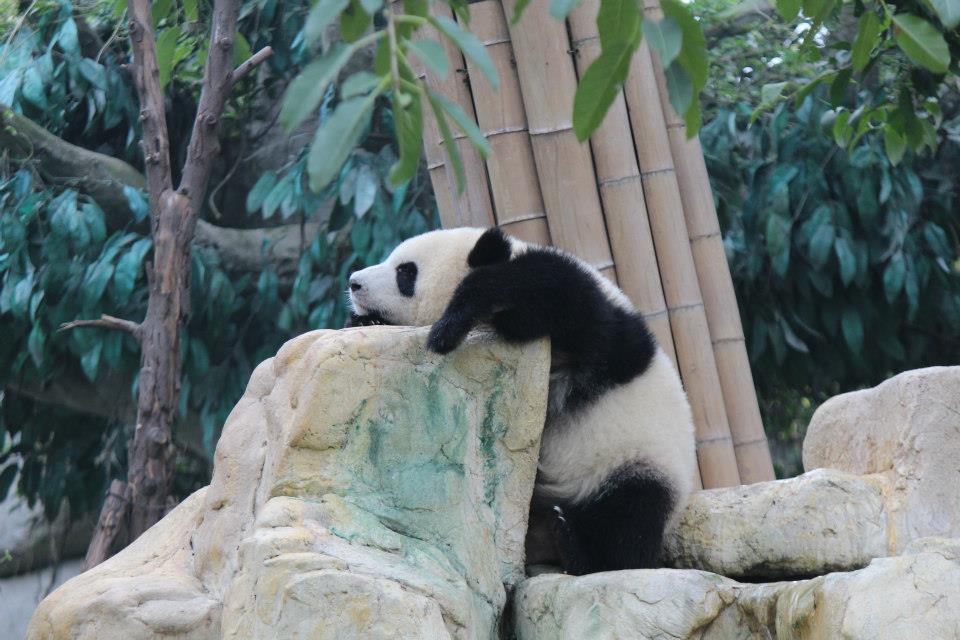
Giant Pandas at Chengdu Panda Base
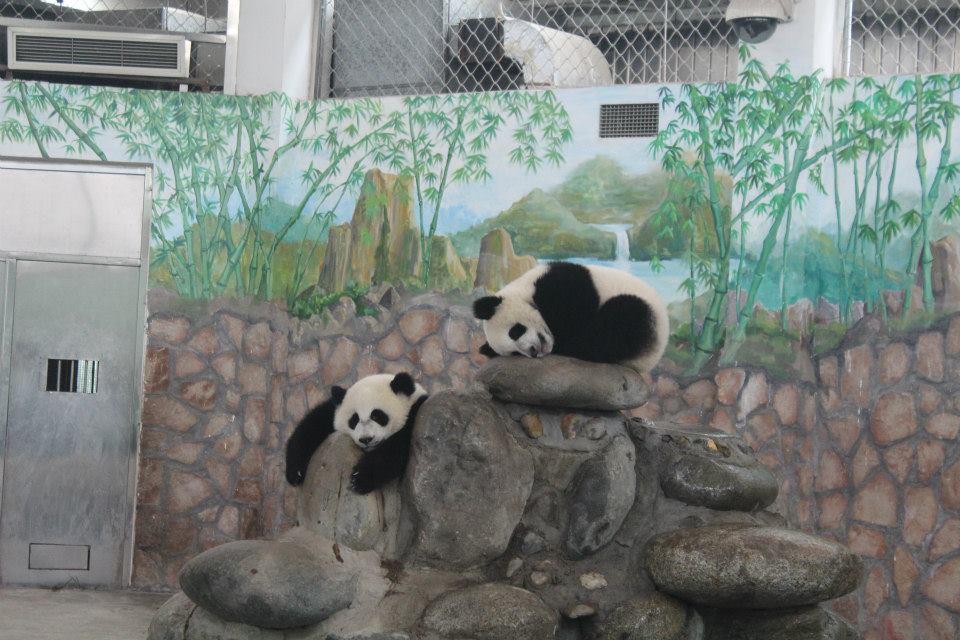
Giant Pandas at Chengdu Panda Base
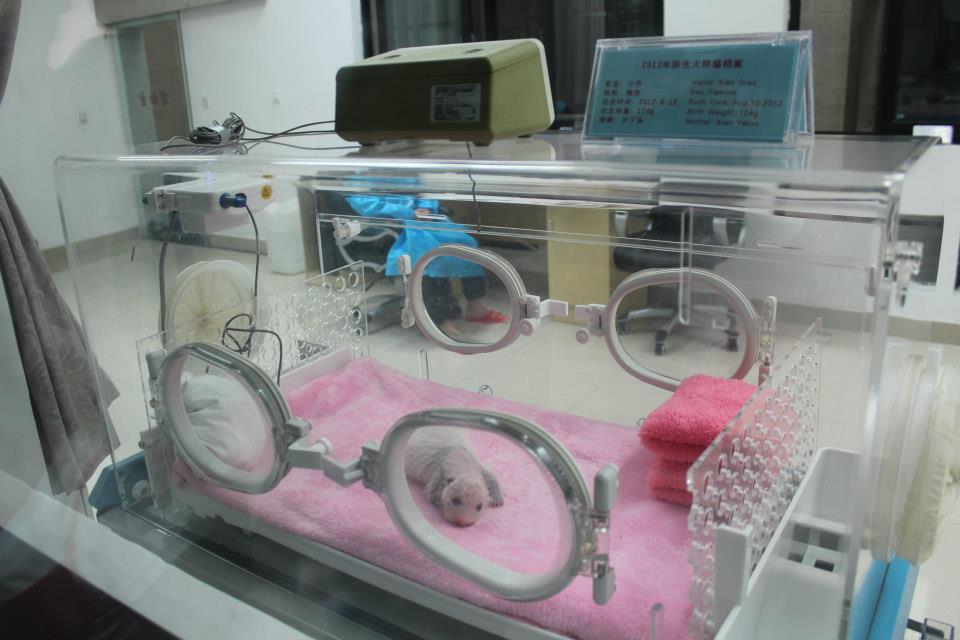
Infant giant panda at Chengdu Panda Base
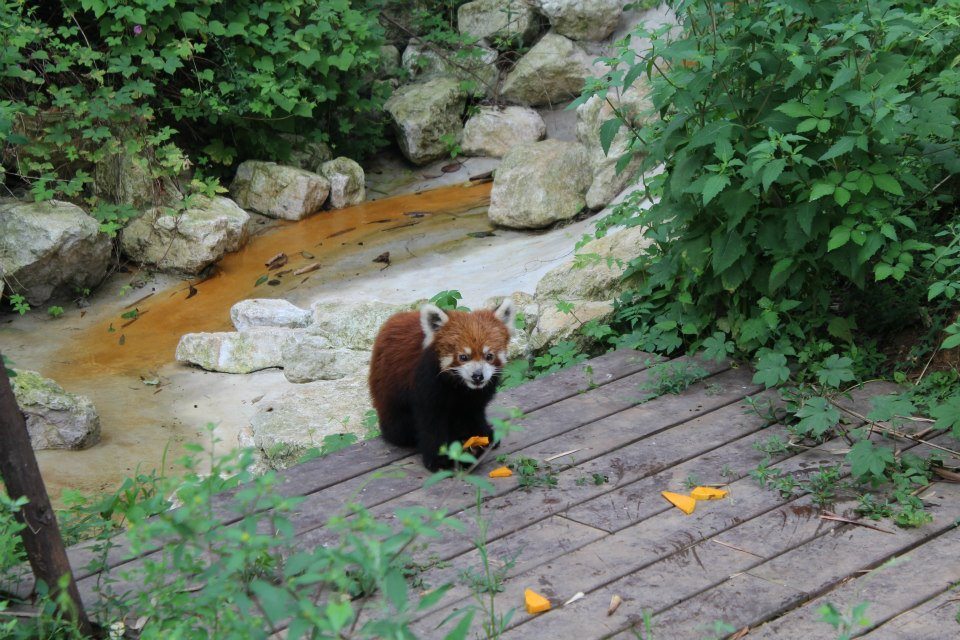
Red Panda at Chengdu Panda Base
Later in the day the tour took us to the city of Leshan, about an hour and a half drive on another spectacular motorway south of Chengdu. There we took a boat ride on a river to view the world’s largest Buddha statue. Carved out of a cliff face, Standing at 71 metres, the huge carving is a world heritage site, and is over 1200 year old. From the boat we were able to take it all in; many tourists had taken the cheaper option to visit the forecourt, and found themselves dwarfed by the statue, where the fingernails are taller than the average human.
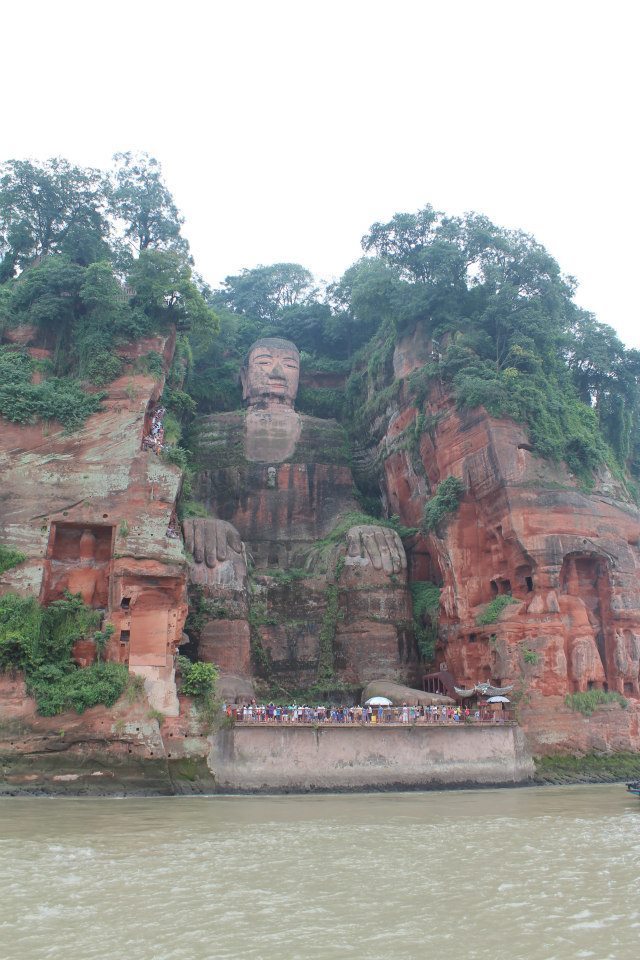
Leshan Giant Buddha
We also had a Chengdu hot pot for lunch included in the tour price. If you haven’t tasted Chengdu hot pot, do yourself a favour and go to a restaurant that serves it. A bowl of boiling broth (usually made from vegetable or meat stock) is placed over a gas burner in the centre of the table. You order a couple of meats and vegetables which then arrive at your table chopped on plates, but raw. You then add them to the hot pot as you like; either cook them all at once, or add them one at a time to have separate dishes. A small soup bowl is served so you can finish off the broth after the meal. Top end restaurants will often have “set hot pots” – that is, a set combinations of meat and vegetables that the restaurant recommends you try. However in China, and particularly at the cheaper, street side restaurants, you can actually go to the kitchen fridge yourself and pick out your ingredients, which is a godsend to anyone who is worried about unfamiliar Chinese menus. Chengdu hot pot is usually insanely spicy, but the touristy restaurant we went to in Leshan, and many Chinatown restaurants in western countries don’t add spice to the broth unless you ask for it. After Leshan, the tour dropped me off and I made my way the short distance to nearby Mount E’mei where I spent the night.
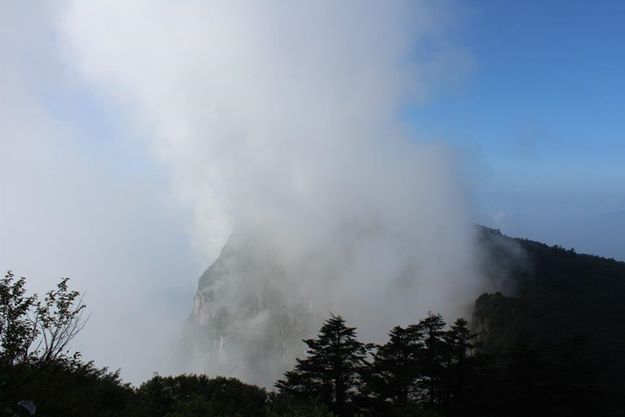
Morning mist rises off Mt E’mei
The next morning I woke up early and took a bus and a cable car to the top of Mount E’mei. Unlike the Tibetan regions, Chengdu and Leshan are quite low, and are built on sweaty, humid plains. Mount E’mei is an exception to this – from the flat lands of Chengdu and Leshan at 380 metres, Mount E’mei rises a whopping 3100m almost straight up – spectacular to say the least. The cable car, packed with tourists, played some screaming Chinese pop song as we ascended in the early morning light. When we arrived at the top, we were almost too late; the cloud had rolled in for the day, and the surrounding plains had disappeared under a carpet of cottony mist. However the peak was still clear – for a while. At the top Buddhists prayed at an auspicious temple, while others lit incense and candles. The cloud rose up the side of the mountain, creating a sort of wall bordered by the sheer cliff face. Prayer flags were everywhere, and the air was cool on my face. It was like one last taste of Shangri La.
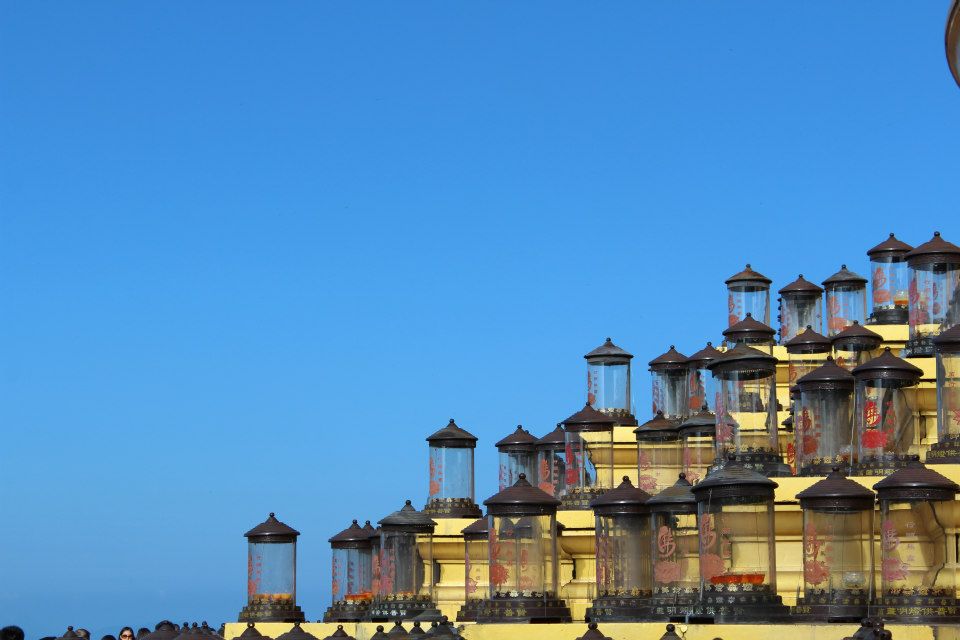
Temple atop Mt E’mei
When to go
Spring in Chengdu is particularly nice – go in March or April, or in autumn, which is September to November. Summer can be hot and humid, while winter can be freezing.
Essential Stats
Culture shock: 8/10
Language difficulty: 8/10 – not many people speak English
Quality of food: 7/10
Cost: 5/10
Physical demand: 4/10 – unless you choose to walk up Mount E’mei!
Advice and warnings
The usual precautions apply – no walking alone at night if you can help it, keep a close eye on your valuables, etc. Be aware of pickpockets, especially in crowded places. Check Smart Traveller or the British Foreign Office for more comprehensive warnings.
Visas
Except for some transit travellers, everyone needs a visa to travel to the the People’s Republic of China. Applications can cost up to US$100, and take several weeks to process. Contact your nearest Chinese diplomatic mission for details (Melbourne, Islamabad, Sydney, Delhi). Speak to your travel agent about the option of a 72-hour visa free transit.
Getting there and around
Sichuan Airlines flies directly from Melbourne to Chengdu from $1058, but the website is almost totally in Chinese script, so unless you understand Chinese, you’d be best to book with a travel agent.
Alternatively Cathay Pacific flies from Melbourne to Chengdu via Hong Kong from $1289, and from Sydney to Chengdu via Hong Kong from $1254.
Etihad flies from Lahore to Chengdu via Abu Dhabi from PKR 122,553. From Chennai, the best option is Cathay Pacific from INR 35,192.
Alternatively discount airline Air Asia flies from Melbourne and Chennai to Chengdu via Kuala Lumpur.
By the time you read this, the Chengdu Metro should be open for business, but taxis around Chengdu are fairly cheap and also worth considering.
Accommodation
I stayed at the excellent Sim’s Cosy Garden Hostel, known now as the Hello Chengdu International Youth Hostel. Upmarket options include the Millennium Hotel Chengdu and Shangri-La Chengdu.





I went to Chengdu over 1 year ago and I must say that the Giant Buddha was stunning and incredibly massive. Much bigger than I thought. Unfortunately, I have not seen pandas and it’s one of my biggest China travel regrets :-(. Maybe next time…
A perfect reason to return then!! Thanks for reading Agness 🙂